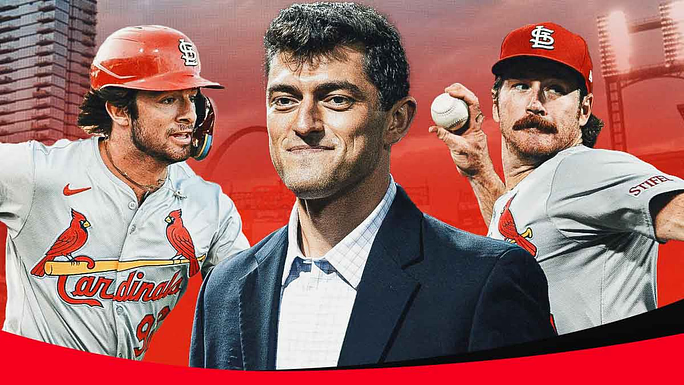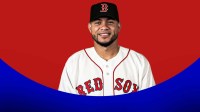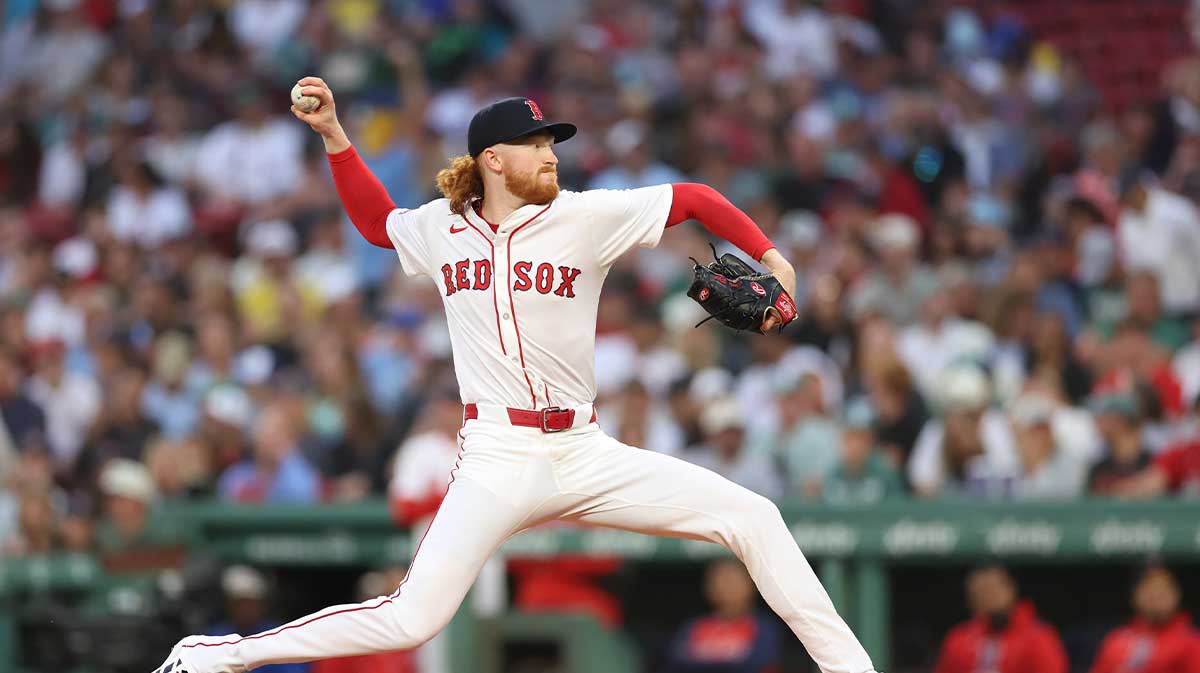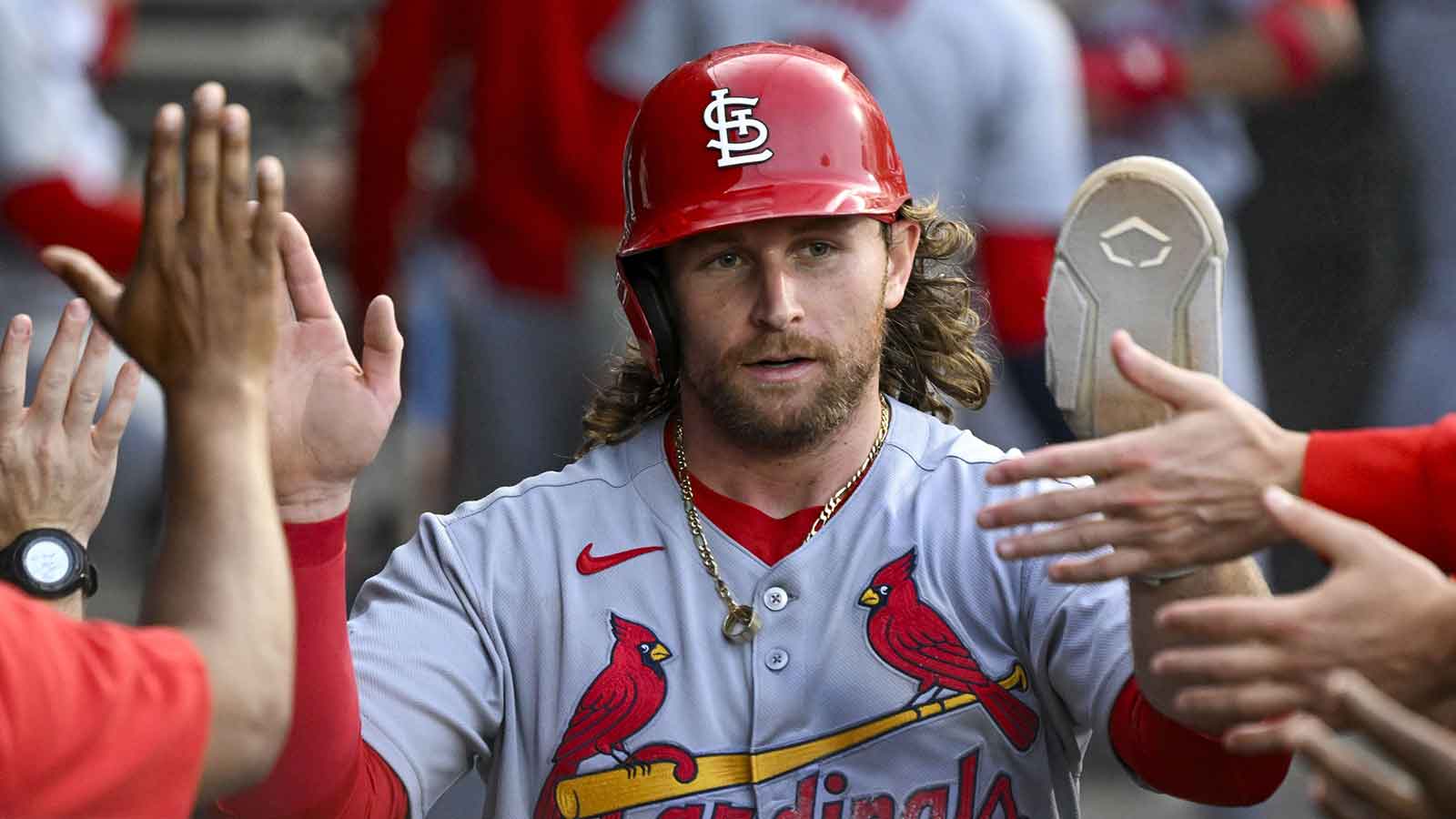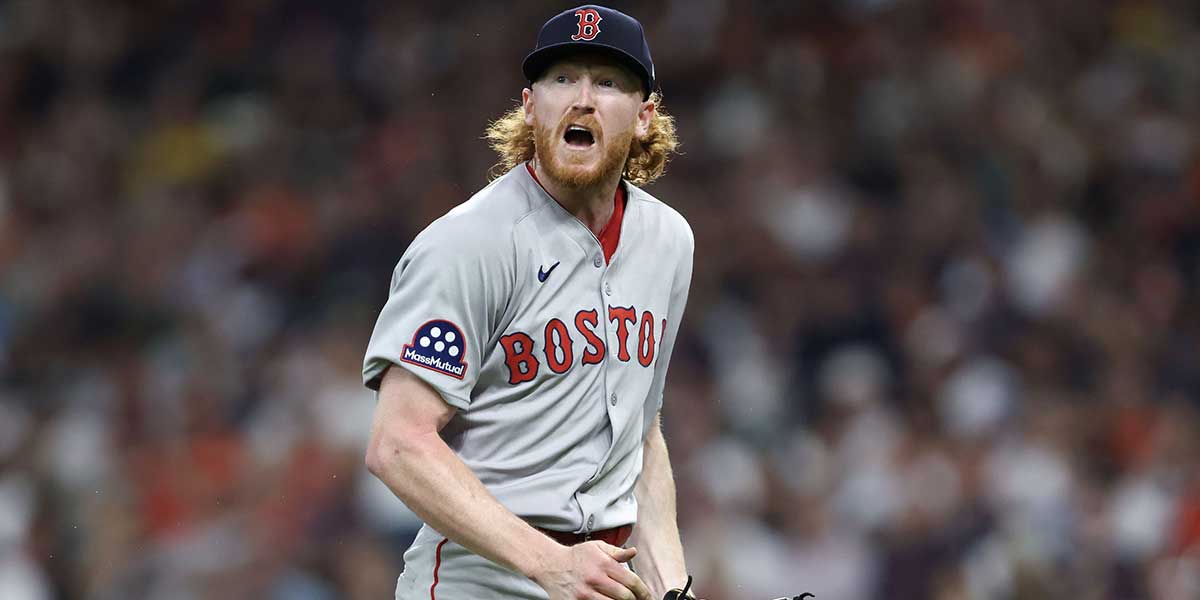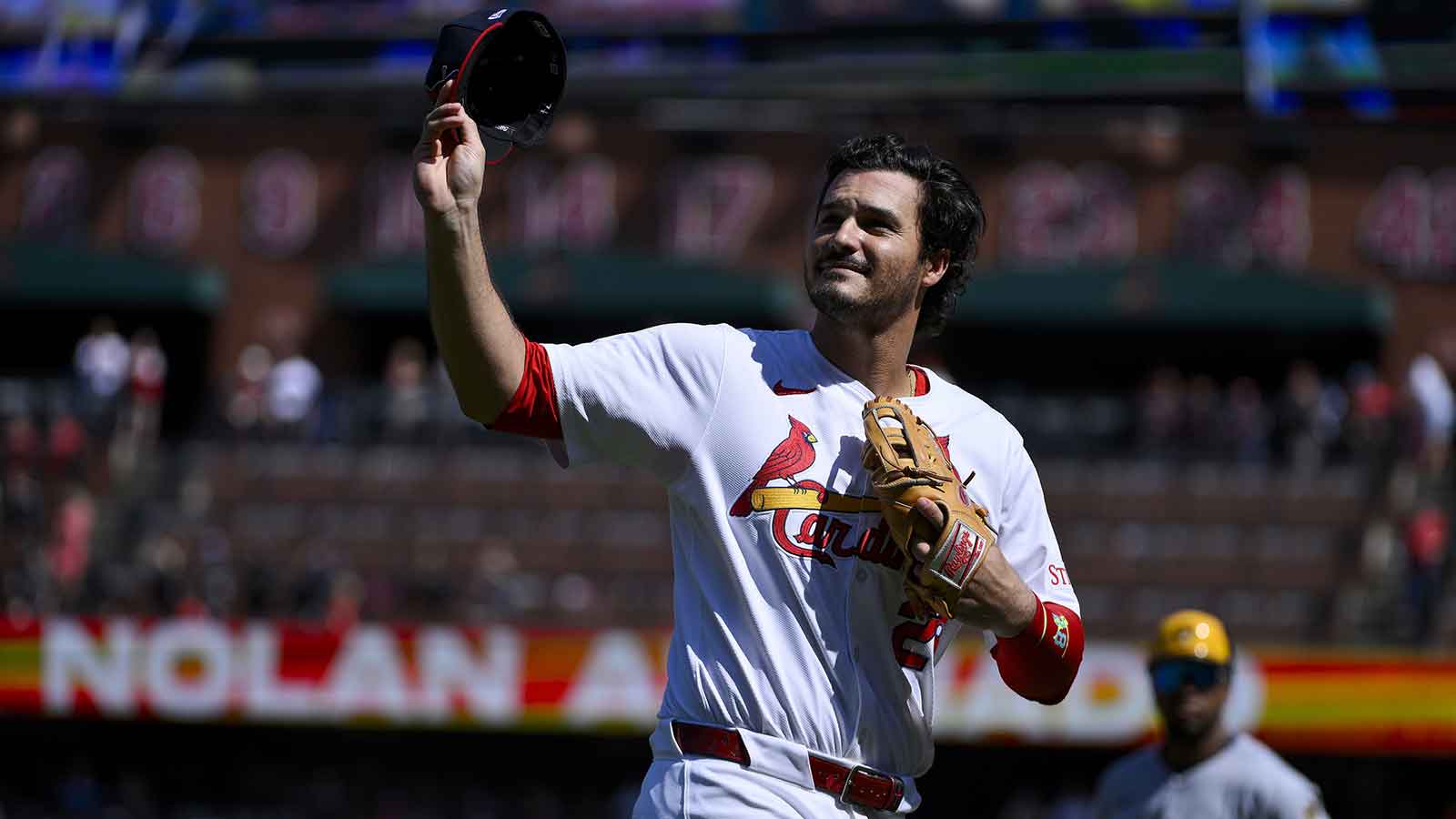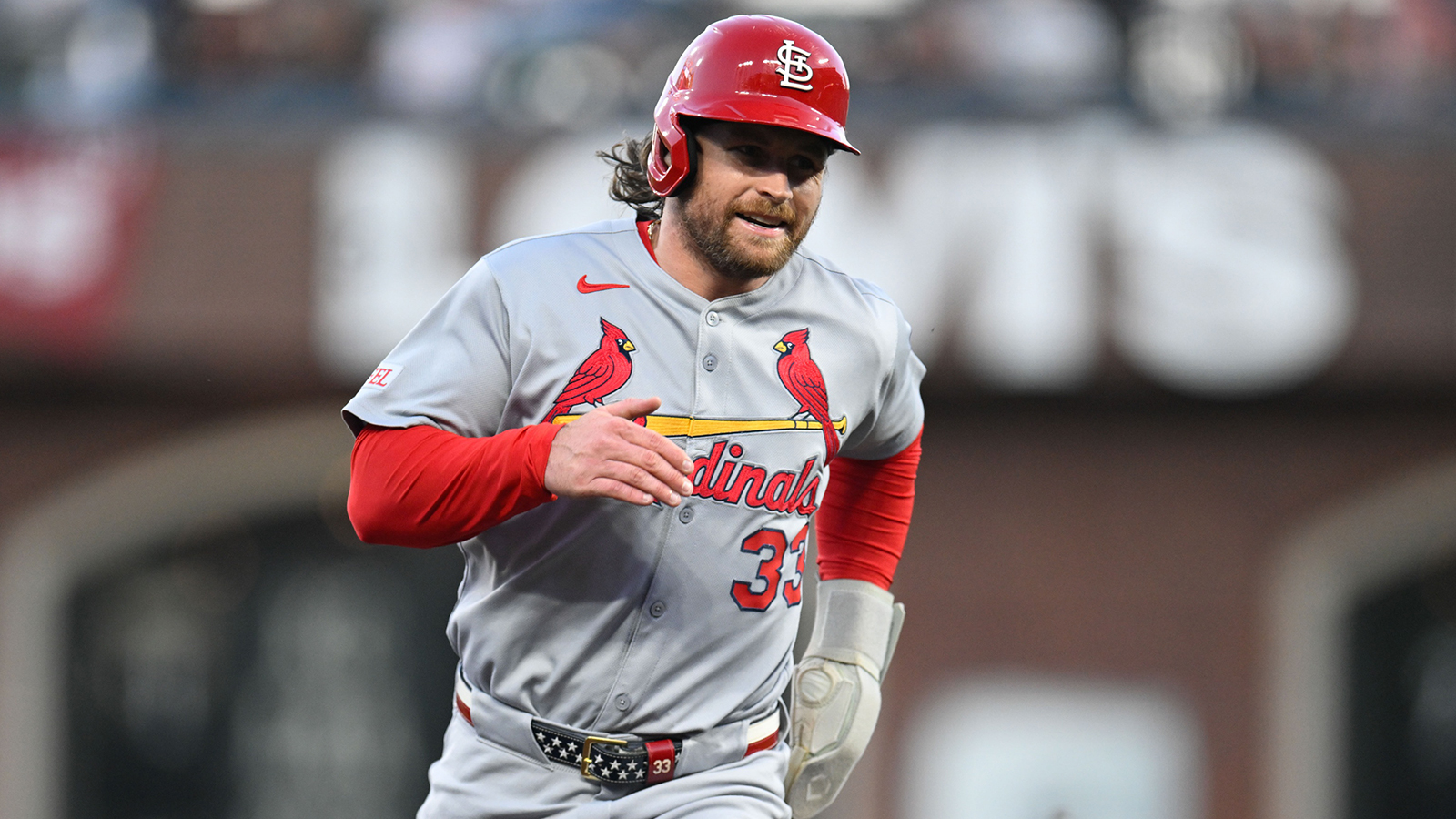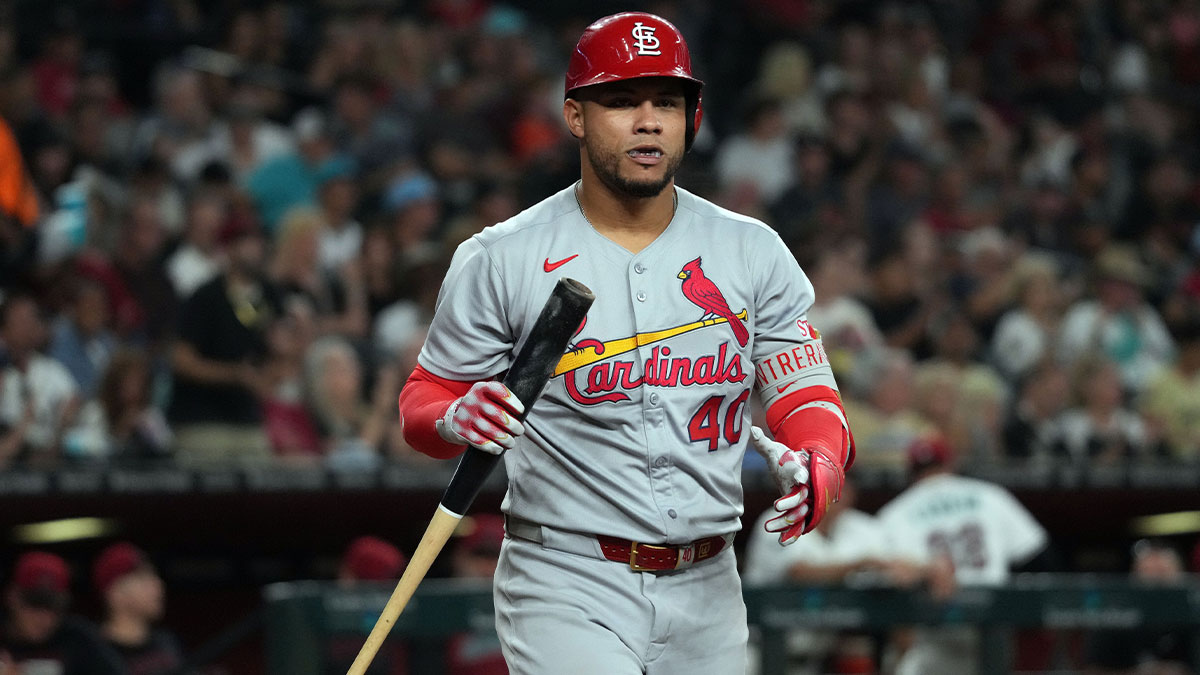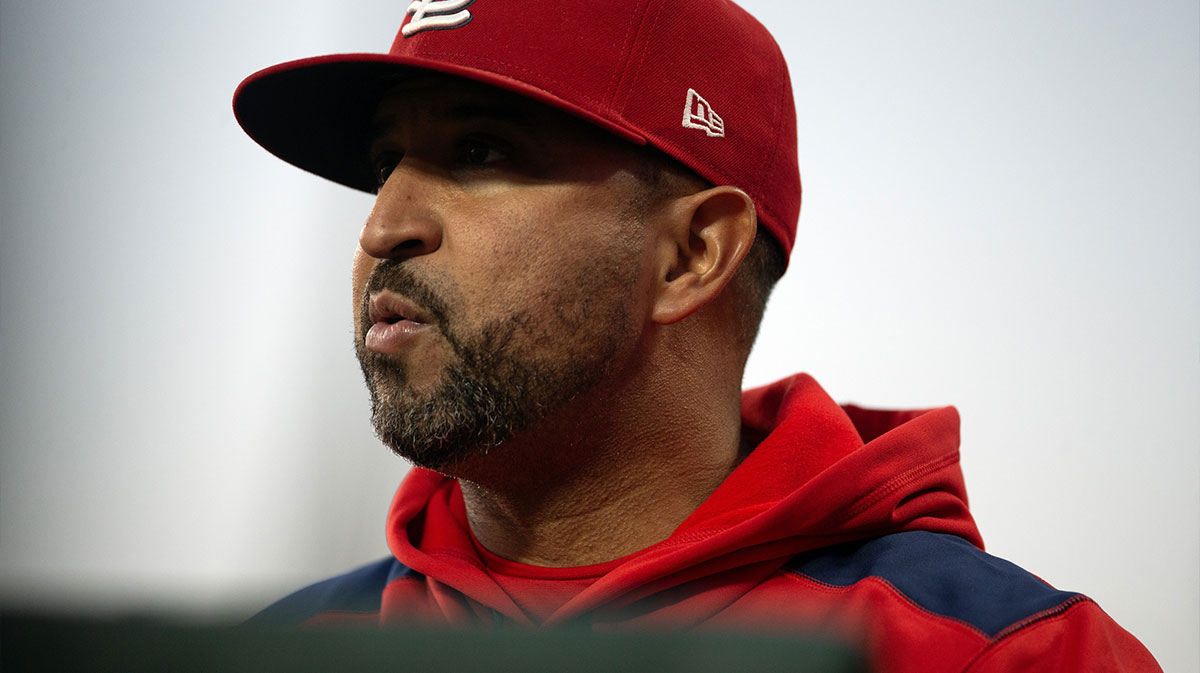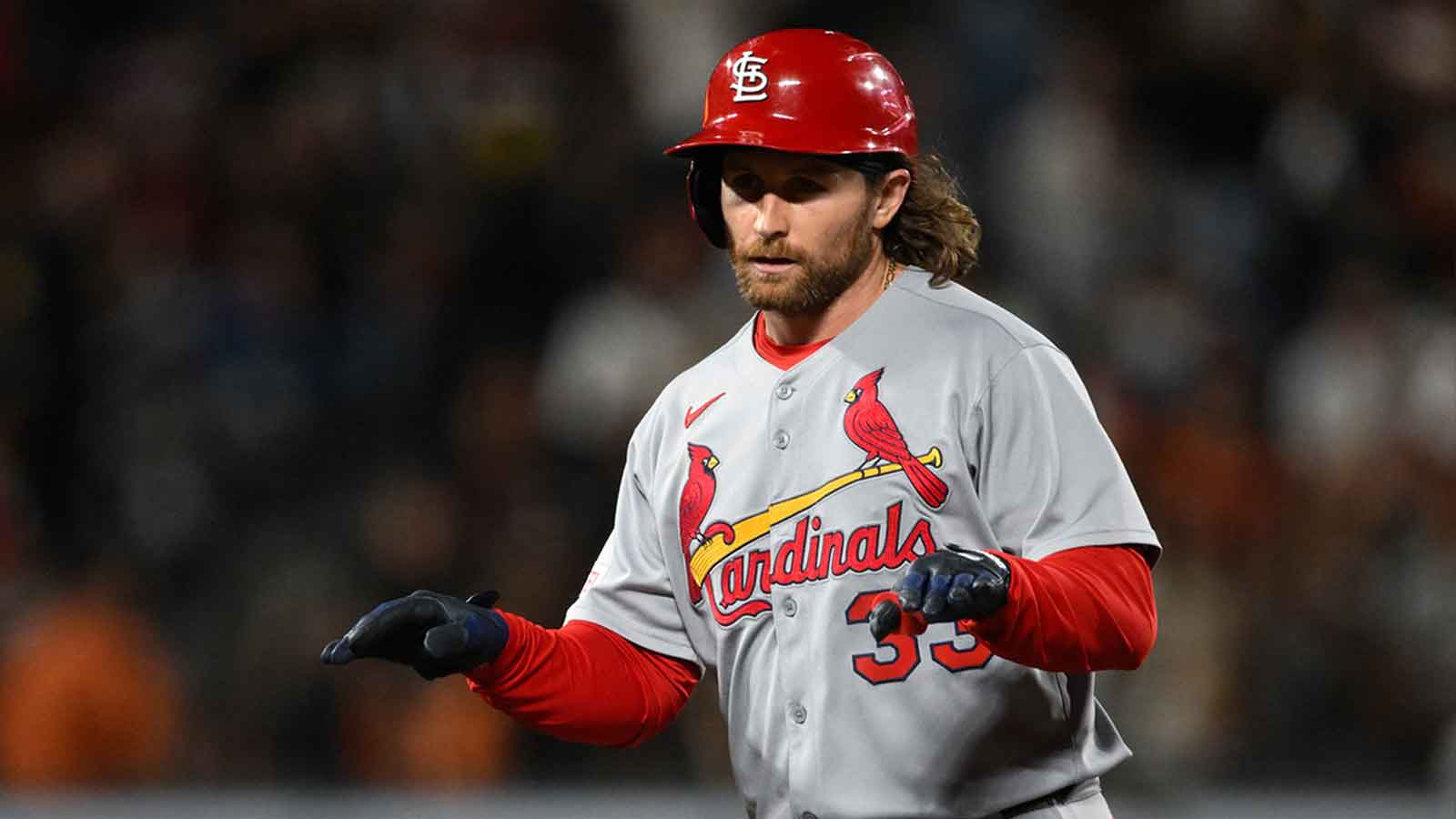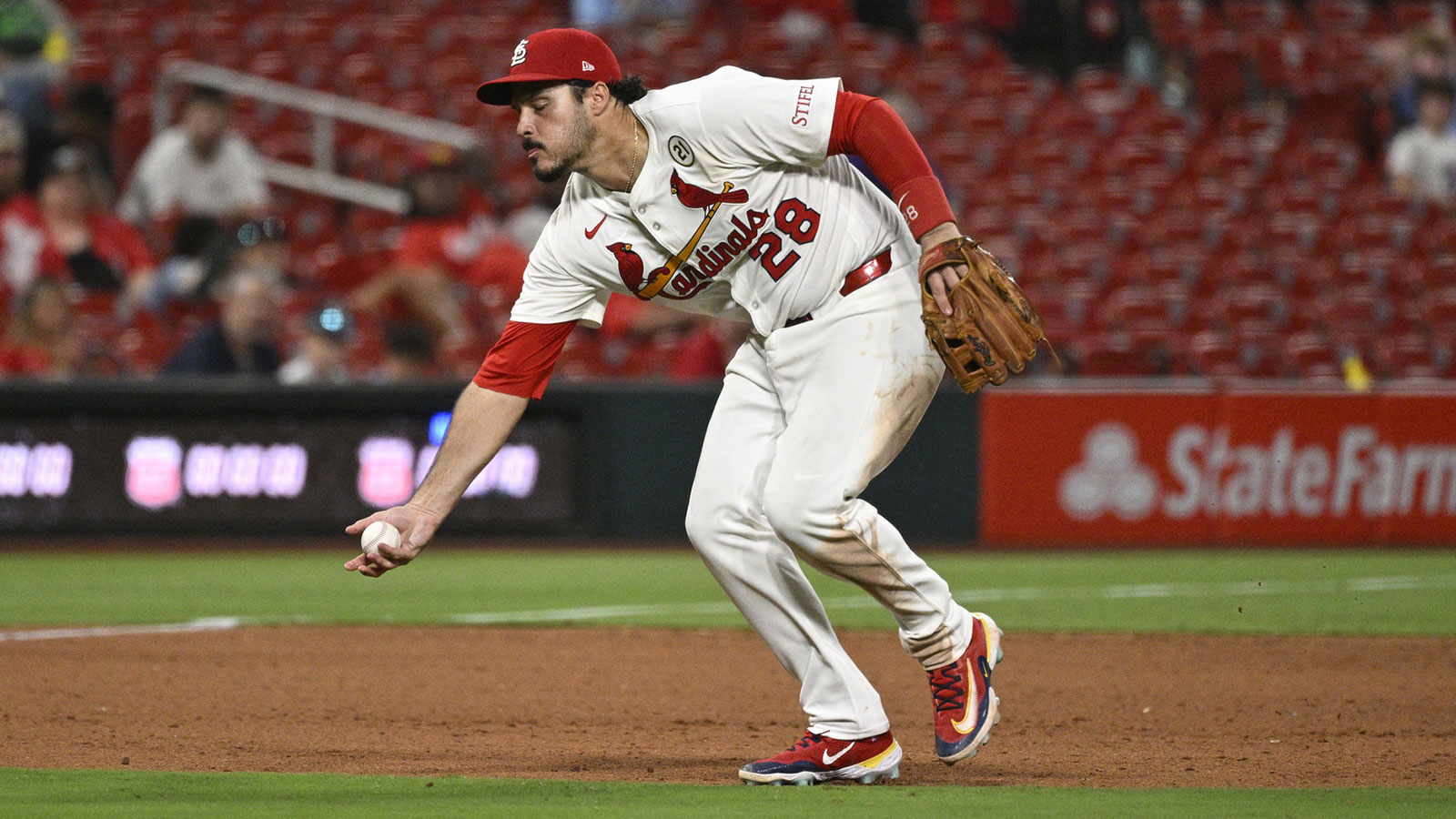St. Louis made its first big move of the offseason before the regular season even ended when the franchise announced that Chaim Bloom would lead the Cardinals' rebuild.
On one hand, this isn't an all-out, blow-it-all-up rebuild. The Cardinals won 83 games in 2024. On the other hand, big contracts from aging veterans and a mediocre farm system leave St. Louis with little ability to maneuver. That doesn't bode well for a team that wants to contend in 2025 — and that's not their focus.
It seems the Cardinals are content with punting on the next couple seasons as Bloom works his magic. The executive was the architect behind the competitive Tampa Bay Rays teams of the early 2010s that managed to beat divisional foes like the New York Yankees and Boston Red Sox despite a meager payroll.
The Cardinals brass is asking Bloom to both cut payroll and build a competitive team over the next few years. It's no easy task, but there are a few moves he can make this winter that will set the Cardinals up for success down the road.
The Cardinals should try to part ways with superstars Paul Goldschmidt and Nolan Arenado
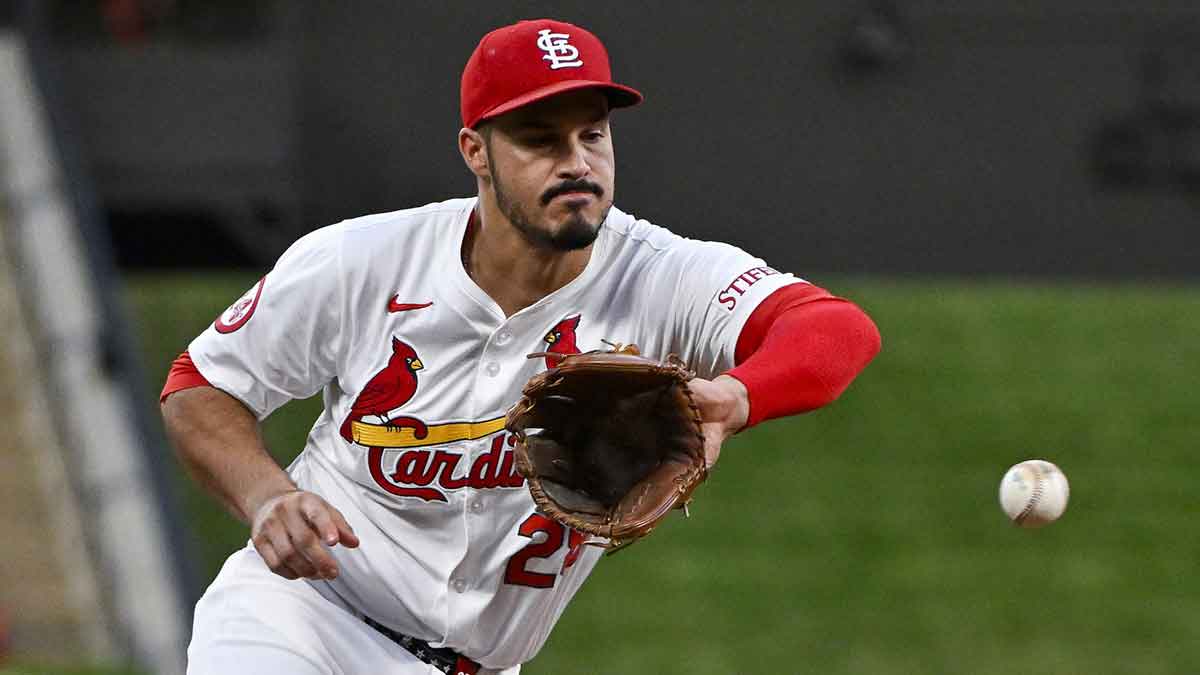
One of the Cardinals' two high-paid superstars will be easy to part with and the other might be impossible — but they need to try.
Paul Goldschmidt is an unrestricted free agent. After he hit .245 with a 98 OPS+, there's not much that indicates he should be the veteran to return amid a rebuild, continuing to produce for years to come. That's $26 million off the books right there, simply by doing nothing.
Trading Nolan Arenado is a much tougher task and the Cardinals' brass might come to discover that it's just not possible. They are, however, expected to try, according to St. Louis Post-Dispatch's Derrick Goold.
“Sure sounds like the Cardinals will pursue [an Arenado trade] if that's what Arenado wants, and he has the no-trade clause to make his involvement key,” Goold wrote. “That's only part of the reason why seeing where this goes is so difficult. Not to mention the fact that the Cardinals don't yet know what payroll limits they're going to be dealing with. So many variables.”
Trading him is going to be difficult and there's no reason to expect they can do it without eating at least a chunk of the $52 million remaining on his deal. Arenado, however, is still a productive player, if not the superstar he was earlier in his career. His 101 OPS+ puts him right at the league average, but after finishing his third straight season hitting fewer home runs than he did the year before, it's fair to question if the third baseman heading into his age 34 season has three years left in the tank.
Moving Arenado would provide another benefit for the Cardinals. It would give Thomas Saggese a chance at consistent playing time at third. The 22-year-old came to St. Louis in the Jordan Montgomery trade last year and has emerged as one of the team's best prospects. He didn't do much in 18 games with the Big League club, but he profiles as a solid power hitter who has met or exceeded expectations at every stop in the minors.
César Prieto is another possibility from the minor leagues. Known for putting the ball in play, Prieto is a contact machine with a 9.6% strikeout rate in the minors.
The Cardinals' pitching needs to get younger
The Cardinals took the first step toward revamping their pitching rotation at the trade deadline when they acquired Erick Fedde as part of a last-ditch effort to make a playoff push. He has another year on his deal, worth $7.5 million, and it'll be worth it to see if his magical 2024 was indeed a product of him reinventing himself in Korea or a mere flash in the pan.
Sonny Gray is the only Cardinals pitcher signed beyond next year (other than Andre Pallante, who has yet to hit arbitration). The Cardinals already plan on shopping Gray and the $65 million minimum that he's still owed on his contract. They have club options for Kyle Gibson and Lance Lynn, who will be 37 and 38 next year, respectively. Miles Mikolas has one year left on his deal, worth $18.5 million. Tough as it might be to part with any the three veterans, the Cardinals will likely not bring all of them back.
To replace any departures, the Cardinals have a few youngsters internally who can step in. Lefty Quinn Matthews is their best pitching prospect, and at 23, he has soared through the St. Louis farm system. Ignoring his lackluster numbers in only four Triple-A starts, Matthews has all the tools to last in the Major Leagues. He boasts a mid-90s fastball that, on its own, isn't too daunting. Coupled with a low-80s fastball that MLB.com says has 12-13 inches of horizontal break, however, he can make hitters look foolish.
Michael McGreevy and Gordon Graceffo both got looks in the Majors this year and could compete for a spot in the rotation out of Spring Training. McGreevy saw the most success, going 3-0 with a 1.96 ERA in four appearances (three starts). He walked only two batters over 23 innings pitched.
As for Graceffo, he only threw 7.2 innings so it's even harder to judge how his stuff translates to the Majors. The former Villanova Wildcat struggled to find his command in the upper levels of the Minors. His best pitch is his slider and his other secondary pitches have shown signs of improvement. After an offseason of development, it will be interesting to see what he brings to Spring Training.

